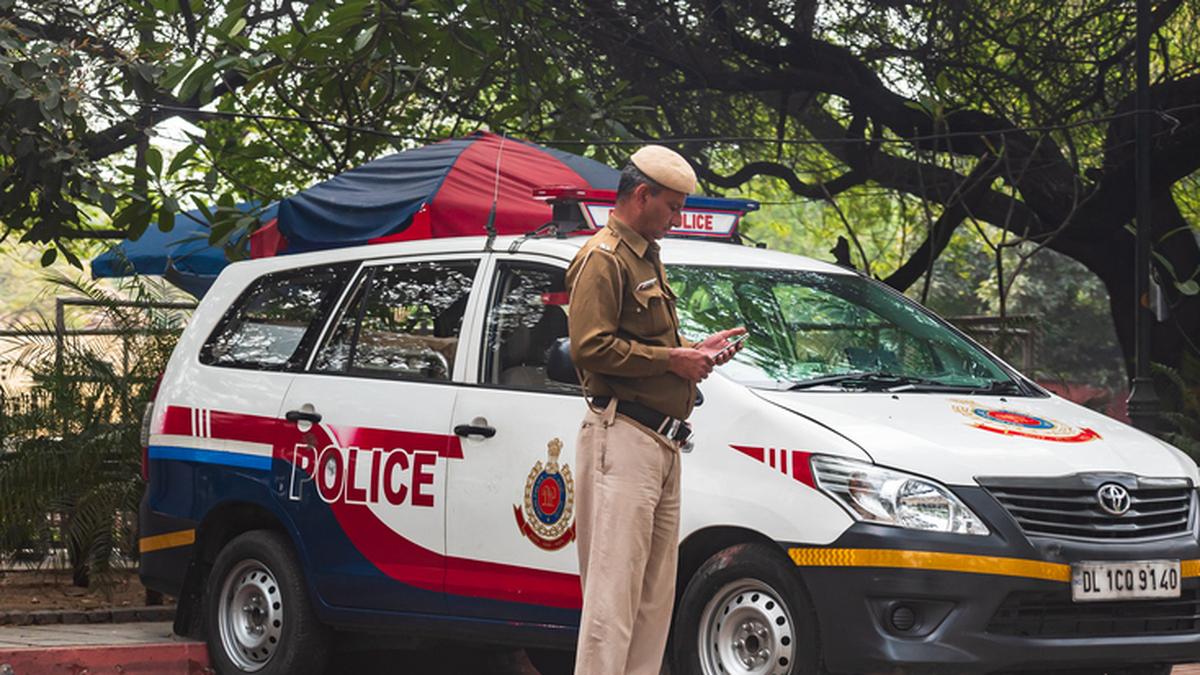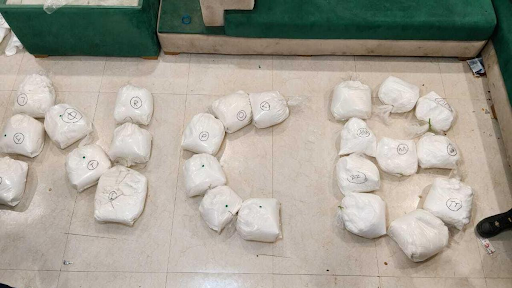



Government proposed IT Rules guidelines to clarify "obscenity" for OTT and social media, addressing ambiguity in existing laws. While judicial standards have evolved from the 'Hicklin Test' to the 'Community Standards Test,' challenges remain in balancing free speech with subjective public morality and ensuring effective, large-scale enforcement.

Copyright infringement not intended
Picture Courtesy: THE HINDU
The Union government has proposed the introduction of specific guidelines to define "obscenity" within the Information Technology (Intermediary Guidelines and Digital Media Ethics Code) Rules, 2021.
|
Read all about: Understanding Obscenity Laws l Govt Warns OTTs Against Obscene What is the measure of 'obscenity' in India l Regulating Digital Content |
Definition of Obscenity: Any content that violates public decency and morality, deemed to be lascivious, depraving, or corrupting societal values.
Digital Age Challenge: Online platforms (social media, OTT, user-generated content) have complicated the regulation of obscenity, blurring lines between artistic freedom and public morality.
The Ministry of Information and Broadcasting (MIB), has proposed guidelines to define "obscenity" and other content online within the Information Technology Rules, 2021.
Key Features of the Recently Proposed Amendment
Broad Applicability: The proposed rules will uniformly apply to all digital platforms, creating a single standard for content regulation.
Explicit Definition of 'Obscenity': The amendment aims to insert a clear definition of "obscene digital content" into the Code of Ethics (Part III of the IT Rules).
Integration of Broadcast Standards: It seeks to import the Programme Code from the Cable Television Networks (Regulation) Act, 1995, applying television broadcast standards to the internet.
OTT-Specific Regulation: Content on OTT platforms like Netflix and Amazon Prime Video may be required to comply with the Cinematograph Act, 1952.
Legal Foundation: The proposal cites Section 67 of the IT Act, 2000 (which penalizes publishing obscene material in electronic form) as its legal basis.
No Precise Legal Definition: India lacks a precise legal definition of obscenity, leading to subjective interpretation and inconsistent enforcement.
Judicial Evolution: Courts have developed standards over time to interpret obscenity:.
|
Core Principle |
Key Outcome |
|
|
Hicklin Test |
Content was judged by its potential to "deprave and corrupt" susceptible minds. A work's part could be judged separately. |
The standard, adopted from a 19th-century English judgment, uses the impact on the most susceptible person as the key determinant. |
|
Community Standards Test |
The Supreme Court replaced the Hicklin Test, requiring obscenity to be judged by the standards of a reasonable person in contemporary society. |
Focus shifted to modern community standards, requiring the work to be judged as a whole. |
|
Context Interpretation |
The Delhi High Court stated that profane language isn't automatically obscene just because it's vulgar; context and intent are critical. |
Reinforced that vulgar language alone does not amount to obscenity unless it is intended to arouse lustful thoughts or is sexually explicit in a prurient manner. |
Bharatiya Nyaya Sanhita (BNS) 2023
Information Technology (IT) Act 2000
Other Specific Acts
Subjectivity vs Objectivity
"Obscenity" and "decency" are subjective concepts that vary across cultures, communities, and individuals, making a uniform legal standard difficult to enforce.
Balancing Rights
Tussle between upholding the Freedom of Speech and Expression (Article 19(1)(a)) and imposing "reasonable restrictions" on grounds of "decency or morality" under Article 19(2).
Chilling Effect
Over-regulation or vague rules can lead to a "chilling effect," where creators and platforms engage in self-censorship to avoid legal trouble.
Jurisdictional Issues
Borderless nature of the internet makes it difficult to enforce Indian laws on global platforms that operate from foreign jurisdictions.
|
Ethical Concern in Regulating Online Obscenity Constitutional Morality vs Majoritarian Sensitivity: Regulations must uphold core constitutional values (justice, equality) and avoid imposing arbitrary restrictions based on majoritarian views. Social Responsibility: Content creators and platforms have an ethical responsibility to promote a safe digital environment and consider the potential harm of their content. |
Clearer Definitions
Legislate precise and narrowly defined terms for "obscenity" to prevent misinterpretation and subjective enforcement, aligning with judicial pronouncements like the Community Standards Test.
Stakeholder Consultation
Engage in extensive consultation with content creators, legal experts, civil society, and digital platforms to develop balanced and practical guidelines.
Promote Self-Regulation
Encourage ethical digital responsibility and robust self-regulation mechanisms by content creators and industry bodies.
Proportionate Enforcement
Courts and regulatory bodies should exercise judicial restraint, employing proportionate measures like warnings or clarifications instead of blanket bans, to avoid a chilling effect.
Harmonization with Global Standards
While adapting to Indian cultural contexts, consider international best practices for content moderation and regulation to avoid jurisdictional conflicts with global platforms.
Technological Solutions
Utilize AI and other technologies for effective content moderation and to combat deepfakes, including mandatory watermarking.
The regulation of digital obscenity requires a precise, proportionate, and modern regulatory framework that balances fundamental rights with the need for public decency and safety, aiming for a safe and accountable digital ecosystem rather than internet control.
Source: THE HINDU
|
PRACTICE QUESTION Q. Critically analyze the challenges in defining 'obscenity' for online content, and discuss the balance between freedom of expression and the need for regulation. 150 words |
The Hicklin Test, an old British standard, judged material as obscene if any part of it could potentially "deprave and corrupt" the most vulnerable members of society. The modern Community Standards Test, adopted by the Supreme Court, requires that the work be judged as a whole, from the perspective of an average person, and considering its context.
The Supreme Court struck down Section 66A of the IT Act, which punished "grossly offensive" or "annoying" online communication, as unconstitutionally vague and overly broad. It set a strong precedent that any restriction on speech must be narrow, precise, and not subjective, curbing the state's power to arbitrarily censor online expression.
The challenges include the subjectivity of "community standards" in a culturally diverse nation, the delicate act of balancing the fundamental right to freedom of speech with public morality, the risk of enabling a "heckler's veto" where vocal minorities can suppress content, and the technical difficulty of enforcing regulations at the massive scale of user-generated content.






© 2025 iasgyan. All right reserved